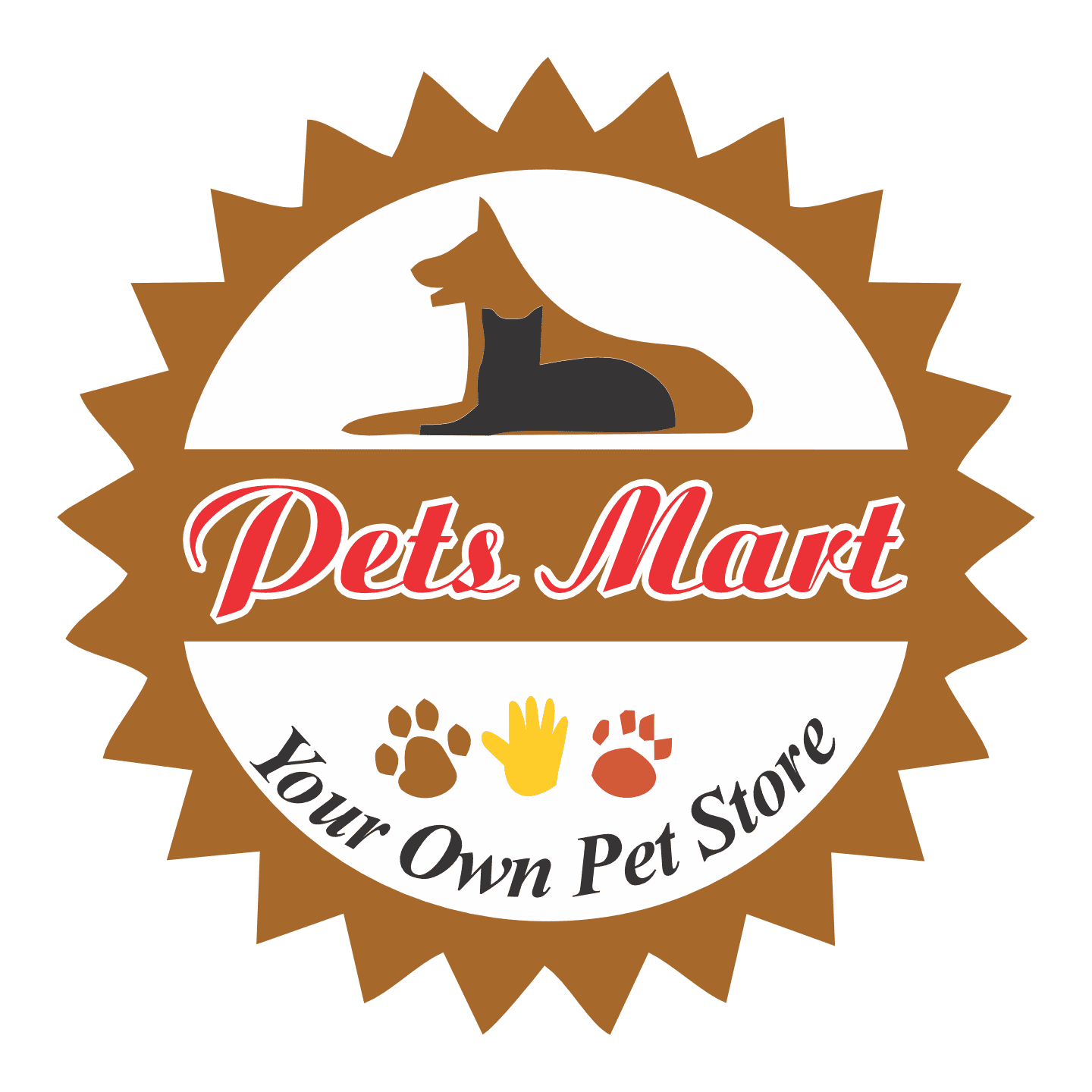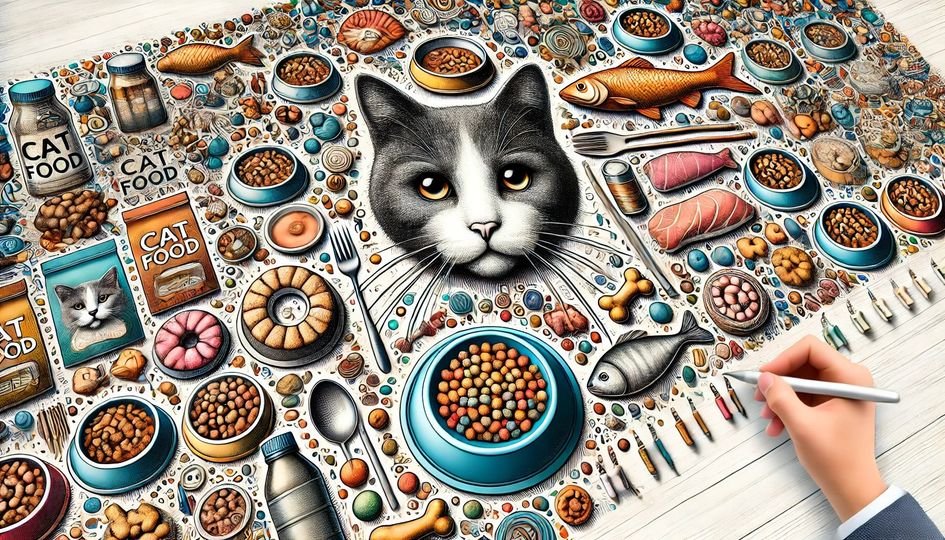Creating a perfect cat food drawing requires a combination of creativity, precision, and a deep understanding of the various cat food products available in the market. This guide will take you through everything you need to know about cat food drawing and how to incorporate various elements to depict your feline’s meals creatively. With brands like Bonacibo, Fluff’ Buff, Pawcomfort, Pet Bazar, FatPat, KLumpy, Josera, Nourvet Naturals, Pick Pure, Pet Mommy, Pawz, Wanpy, Pawfect, Fluffy, Feline, Royal Canin, Bioline, Kagaty, Lider Pet Food, Mera Dog, Diamond, Whiskas, Procan, Moggy, and more, you can create visually appealing and informative drawings that reflect the quality and variety of cat food options available at Pet Mart.
Whether you’re an artist, pet enthusiast, or business owner looking to showcase your cat food products, understanding the key elements of cat food drawing can help you produce engaging and informative visuals.
What is Cat Food Drawing?
Cat food drawing refers to illustrations or sketches that visually represent different types of cat food, such as dry kibble, wet food, or treats. These drawings are often used for marketing, educational purposes, or artistic expression. Creating these drawings can help highlight the benefits and features of specific cat food products.
Benefits of Cat Food Drawing
1. Visual Representation
Illustrating cat food through drawing allows you to visually communicate the ingredients, texture, and quality of the product. This can be particularly helpful for marketing purposes, as it gives customers a clearer understanding of what they’re buying.
2. Educational Tool
Cat food drawing can serve as an educational tool for pet owners, helping them understand the nutritional content and benefits of various cat food products. For example, you can create a drawing that shows the ingredients in Royal Canin Persian Adult Best Cat Food.
3. Creative Expression
For artists, drawing cat food can be a form of creative expression. It allows you to experiment with different styles and techniques while depicting a subject that’s close to your heart.
Key Elements of a Good Cat Food Drawing
Creating an effective cat food drawing involves incorporating several key elements to ensure that the drawing is both accurate and visually appealing:
1. Accuracy and Detail
Ensure that your drawings are detailed and accurate, reflecting the actual appearance of the cat food. This includes the shape, size, and texture of kibble, or the consistency of wet food.
2. Color and Texture
Use colors that closely resemble the actual food. For example, dry kibble might have earthy tones, while wet food can have richer, more vibrant colors. Adding texture to your drawing can make it more realistic.
3. Ingredient Illustration
If you’re drawing cat food packaging, consider illustrating the ingredients used in the product. This can include images of chicken, fish, grains, or vegetables, depending on the product’s formula.
Types of Cat Food to Illustrate
1. Dry Cat Food
Dry cat food, or kibble, is one of the most common types of food available. It’s often depicted in drawings as small, evenly shaped pieces, similar to the products like Diamond Maintenance and Bonacibo Adult Cats Food.
2. Wet Cat Food
Wet food has a more diverse texture and appearance. Illustrate wet food by showing chunks of meat, vegetables, or fish in a gravy or jelly-like consistency. Examples include products like Whiskas Wet Cat Food and Royal Canin Persian Kitten Dry Food.
3. Cat Treats
Cat treats come in various shapes and flavors. Illustrate these treats as bite-sized pieces with unique designs, highlighting their texture and shape. Some options to consider include Wanpy Creamy Treats.
Step-by-Step Guide to Creating a Cat Food Drawing
1. Choose Your Subject
Select the type of cat food you want to draw. This could be dry food, wet food, or treats. Reference real-life products such as Pawz Premium Quality Cat Food or Diamond Naturals Indoor Cat Chicken.
2. Sketch the Outline
Start by sketching the basic outline of the cat food pieces. If you’re drawing kibble, focus on small, rounded shapes. For wet food, sketch chunks of meat or fish.
3. Add Details and Texture
Include details such as small creases, dents, or grains on the food pieces. This adds depth and realism to your drawing.
4. Incorporate Colors
Use colors that closely match the actual cat food. For example, dry kibble often has brown or tan hues, while wet food can have shades of red, pink, or white.
5. Final Touches
Add shading and highlights to enhance the texture and make your drawing pop. If you’re illustrating packaging, include logos, ingredient lists, and other relevant information.
How Cat Food Drawing Helps Market Products at Pet Mart
At Pet Mart, we offer a wide range of premium cat food products from top brands like Royal Canin, Diamond, Whiskas, and more. Using cat food drawing in our marketing materials allows us to visually showcase the quality and variety of our offerings. Customers can see a detailed representation of the products, making it easier to understand the benefits and ingredients of each item.
Explore our shop page to discover more products and see how visual representations enhance your shopping experience.
Conclusion
Creating a perfect cat food drawing can be both an artistic expression and a powerful tool for showcasing the nutritional benefits of various cat food products. Whether you’re an artist looking to capture the intricate details of cat food or a business owner wanting to enhance your product marketing, cat food drawing helps communicate the quality, ingredients, and features of the products effectively. At Pet Mart, we offer a diverse range of premium cat food options from top brands like Royal Canin, Diamond, Whiskas, and many more, making it easier for you to find the perfect meal for your feline friend.
Explore our shop page to view our extensive collection and use visual representation to better understand the variety of products available. Let your creativity flow and bring cat food to life through engaging drawings that captivate and inform. For any inquiries or assistance, feel free to reach out to us through WhatsApp.
FAQs on Cat Food Drawing
1. How can I create realistic cat food drawings?
To create realistic cat food drawings, start by observing real cat food products. Sketch the basic shapes and add details like texture, color, and shading to make the drawing look lifelike.
2. What tools should I use for cat food drawing?
You can use pencils, markers, or digital drawing tools to create cat food drawings. Choose tools that allow you to create fine details and blend colors effectively.
3. Can cat food drawings be used for product marketing?
Yes, cat food drawings are great for product marketing. They provide a visual representation of the product, making it easier for customers to understand the quality and ingredients of the cat food.
4. What should I include in a cat food drawing?
Include elements like shape, color, texture, and packaging details. If you’re illustrating for marketing purposes, add ingredient illustrations and brand logos.
5. How can I showcase my cat food drawings?
You can showcase your drawings on websites, social media platforms, or in promotional materials. At Pet Mart, we use detailed drawings to enhance our product pages and brochures.
For more information on our products and to see some great illustrations, visit Pet Mart.

